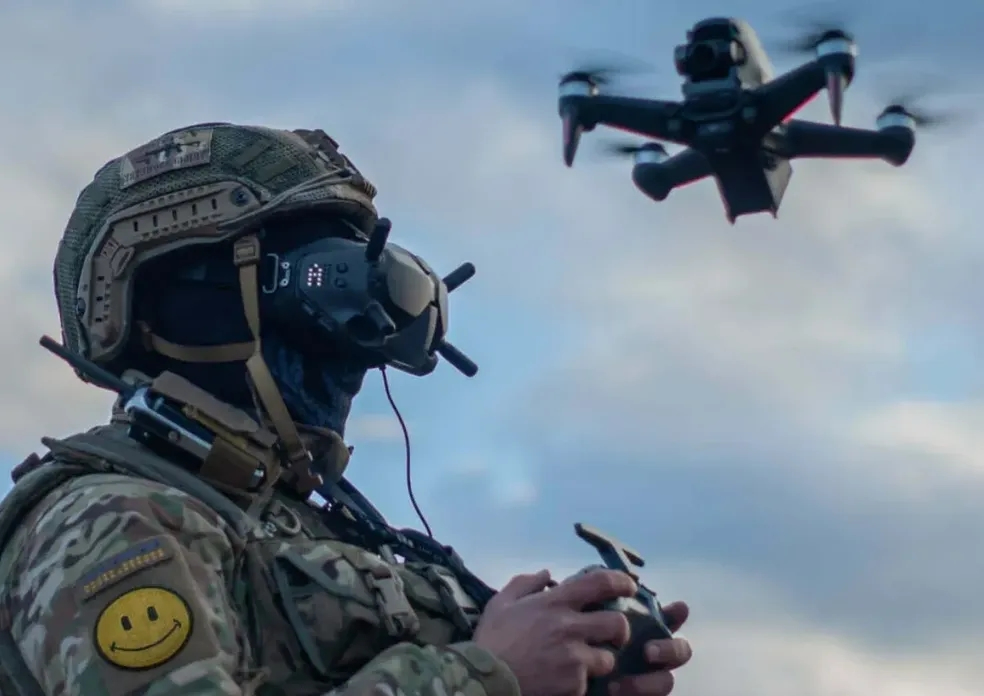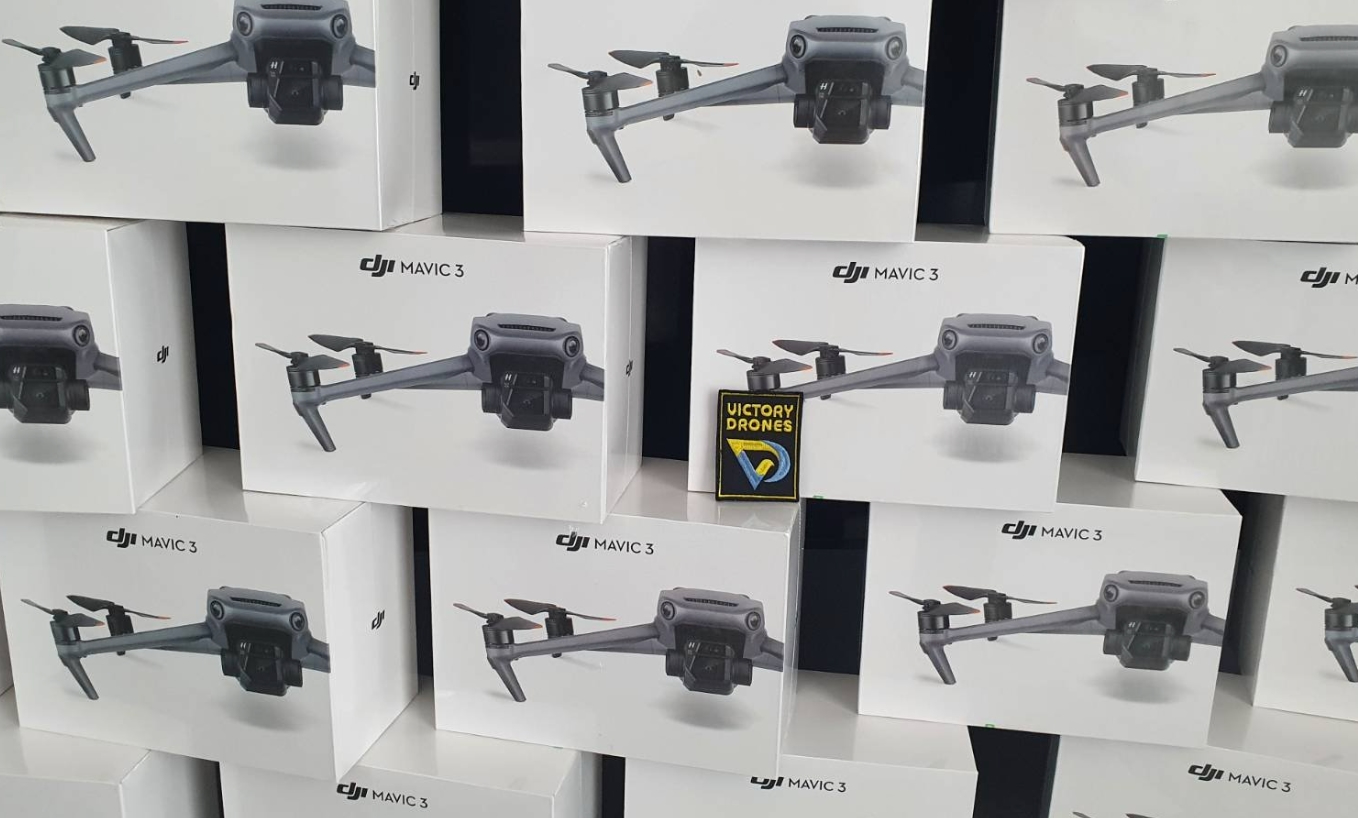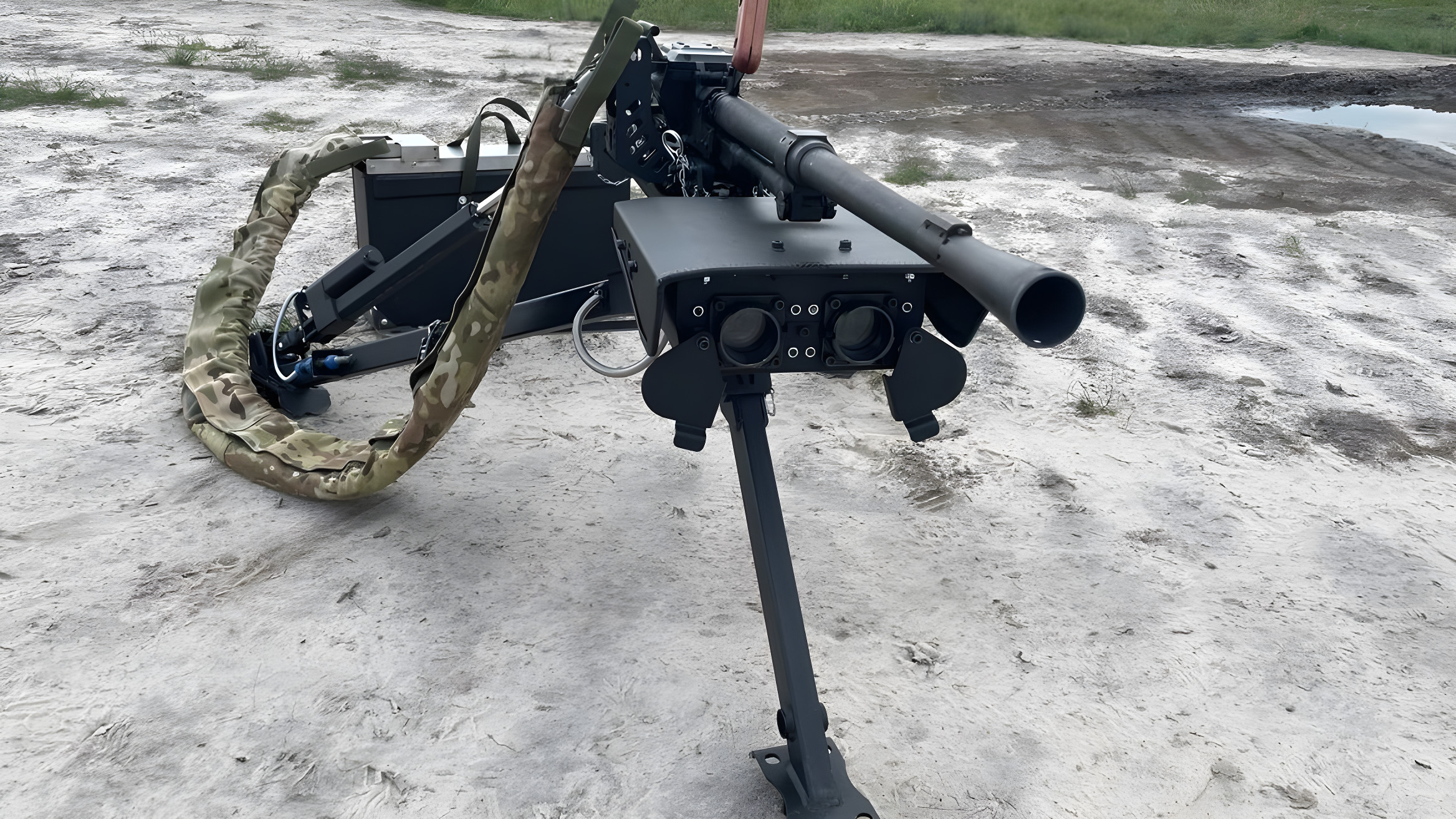
Many have feared the day we must recognize that killer AI robots have come to fruition. They say necessity is the mother of invention, and Ukraine’s need for a means to continue fighting its war with Russia cannot be denied. So, the country has become a Silicon Valley for drones, autonomous weaponry, and more.
The country’s tech industry has begun adapting consumer technology, much of it right off the shelf, for modern warfare. The New York Times says companies are creating “technology that makes human judgment about targeting and firing increasingly tangential.” Autonomous systems currently keep a “human in the loop” to select and confirm targets. “Human in the loop” is an oft-used phrase by policymakers and AI ethicists, and one fear is that it may not always remain a requirement of the technology.
Keeping the "human in the loop," in this case, means drone operators wearing modified VR headsets and using video game controllers. These often use hobbyist computers like the Raspberry Pi and modified consumer drones. We’ve all seen drones that can follow a snowboarder down a mountain — it isn’t much work to transform that software so it can instead track and follow an enemy combatant.
It involves taking drones that look similar to the DJI Mavic Pro and modifying them so they can use first-person view (FPV) for combat instead of following an extreme sports enthusiast or mountain biking trip. Much of the success of these projects is made possible by the widespread availability of consumer technology that can be easily weaponized.
They can also leverage machine learning algorithms, like those used in Apple's Detection mode in iOS Accessibility settings, to identify more than just doors, steps, and signage: entrepreneurs are adapting the models to detect enemy tanks and artillery placements.

Ukrainian manufacturers like drone companies Vyriy and Saker have developed and implemented autonomous targeting systems for their drones. A human operator has to select and lock in the target, but the tracking software takes over from there. Vyriy uses basic computer vision algorithms, but Saker applies deep learning, a component of AI, to build software that can identify and attack targets.
In the case of Saker’s software, the AI processes were initially designed to sort and classify fruit. After adapting the software for warfare, Saker began sending prototypes to the front lines for testing with drone pilots. The project worked so well that Saker now mass-produces single-board computers with its software for attaching to FPV drones.
The drones are loaded with explosives and sent airborne. Once the human operator identifies a target, the drone tracks it until it can crash into its target and explode. Videos confirmed by The New York Times show the drones hitting Russian targets on the front line.
Saker is now making 1,000 circuit boards each month and plans to increase production to 9,000 per month by the end of the summer. Again, this is all fueled by necessity.
“Once we reach the point when we don’t have enough people, the only solution is to substitute them with robots,” Saker co-founder Rostyslav said. The exec asked to be identified only by his first name to avoid Russian retaliation.

In another project, the Ukrainian military is developing an autonomous gun turret. Dubbed Wolly because of its resemblance to the Pixar robot WALL-E, the turret can lock onto a target from up to 1,000 meters away. The operator uses a PlayStation controller and tablet to monitor the system and select targets. Wolly can jump between preprogrammed positions to cover a broad area.
At its heart, Wolly is possible because the same technology allows surveillance camera systems to identify individuals. The app surrounds identified targets with a box, and the operator only needs to pull the trigger on the PlayStation controller to open fire.

Human rights groups and United Nations officials don’t fully agree with the innovation. Understandably, they want to limit the use of autonomous weapons, fearing they might trigger a new global arms race that could destabilize the entire planet.
However, in Ukraine, the concern lies more in continuing to fight off the invading Russian forces. Mykhailo Fedorov, Ukraine’s Minister of Digital Transformation, said the country needs “maximum automation. These technologies are fundamental to our victory.”







